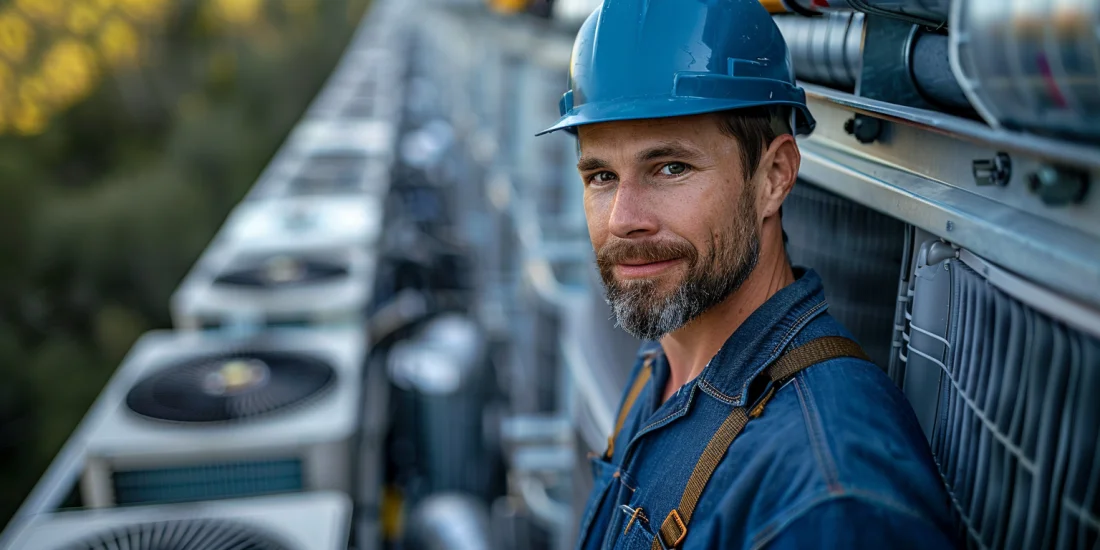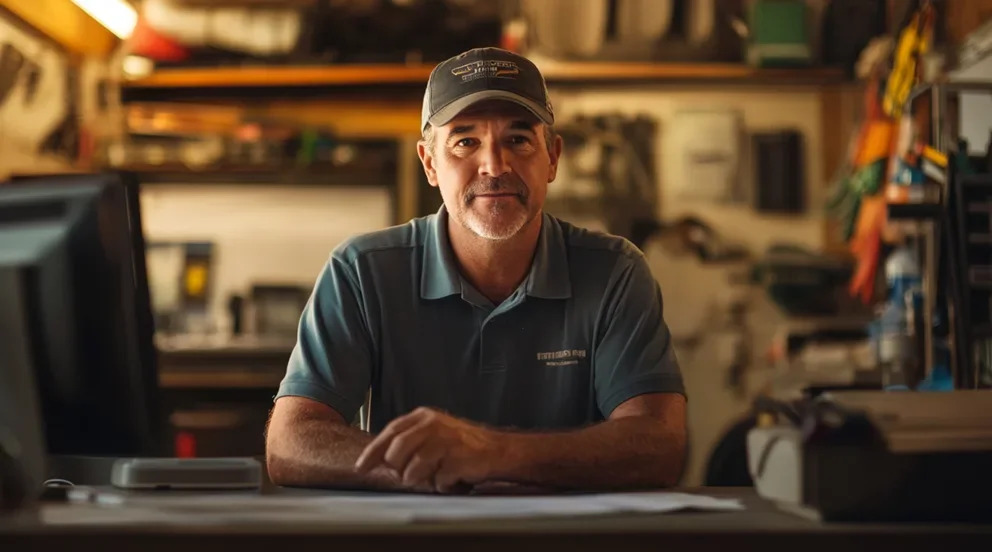A proper HVAC maintenance schedule is crucial for ensuring the efficiency, longevity, and reliable performance of heating, ventilation, and air conditioning systems. A well-structured maintenance schedule helps prevent unexpected breakdowns, reduces energy costs, and enhances indoor air quality. Regular maintenance tasks are essential for keeping the HVAC system running smoothly year-round.
Monthly Maintenance Tasks
Monthly HVAC maintenance scheduling tasks are essential for maintaining the basic functionality and efficiency of the system. Firstly, one of the primary tasks is inspecting and replacing air filters. Additionally, clean air filters improve airflow, enhance system efficiency, and ensure better air quality. Dirty or clogged filters can restrict airflow, causing the system to work harder and consume more energy.
Secondly, checking the thermostat settings is another critical monthly task. Ensuring the thermostat is set to the correct temperature and functioning properly helps maintain a comfortable indoor environment and prevents unnecessary energy consumption. A malfunctioning thermostat can lead to inconsistent temperatures and higher energy bills.
Moreover, a visual inspection of the HVAC system should also be performed monthly. This involves checking for any visible signs of wear, leaks, or damage. Identifying and addressing minor issues early can prevent more significant problems and costly repairs in the future.
Quarterly Maintenance Tasks
Quarterly maintenance tasks are more comprehensive and help ensure the system’s overall performance and longevity. Firstly, cleaning the condenser and evaporator coils is a crucial quarterly task. Dirty coils can reduce the system’s efficiency and cooling capacity. Regular cleaning of these coils ensures optimal heat exchange and system performance.
Moreover, inspecting and cleaning drain lines is another important quarterly task. Clogged drain lines can cause water damage and affect the system’s operation. Ensuring proper drainage helps prevent moisture issues and maintains system efficiency.
Additionally, checking refrigerant levels is essential for maintaining cooling efficiency. Low refrigerant levels can reduce the system’s cooling capacity and damage the compressor. Ensuring the refrigerant levels are within the recommended range helps maintain optimal system performance.
Bi-Annual Maintenance Tasks
Bi-annual maintenance tasks focus on more detailed inspections and adjustments. Firstly, inspecting electrical connections and tightening any loose connections is crucial for safe and efficient operation. Faulty electrical connections can lead to system failures and pose a safety hazard.
Secondly, testing system controls is another vital bi-annual task. Ensuring the HVAC system starts, operates, and shuts off correctly helps maintain efficient operation and prevents potential malfunctions. Properly functioning controls are essential for the system’s reliability and safety.
In addition, lubricating moving parts, such as motors and bearings, reduces friction and wear, extending the lifespan of these components. Regular lubrication ensures smooth operation and helps prevent breakdowns.
Moreover, inspecting air ducts for leaks, obstructions, or damage is also necessary bi-annually. Clean and well-maintained air ducts improve airflow, enhance system efficiency, and ensure better air quality.
Annual Maintenance Tasks
Annual maintenance involves a comprehensive inspection and servicing of the entire HVAC system. Conducting a full system inspection helps identify any underlying issues that may affect performance. This includes inspecting all components and connections for signs of wear, damage, or inefficiencies.
Cleaning blower components and the furnace is essential for maintaining efficient airflow and heating. Dust, soot, and other debris can accumulate over time, reducing the system’s efficiency and potentially causing malfunctions. Regular cleaning ensures the system operates at peak performance.
Testing safety controls and inspecting the flue system are critical for ensuring safe operation. Safety controls prevent dangerous conditions, such as overheating or gas leaks, while a properly functioning flue system ensures adequate ventilation and prevents harmful emissions.
Calibrating the thermostat and adjusting system settings optimize performance and energy efficiency. Accurate temperature control and properly adjusted system settings ensure the HVAC system operates efficiently and provides consistent comfort.
Key Takeaways
– Regular HVAC maintenance ensures efficiency, longevity, and reliable performance.
– Monthly tasks include inspecting and replacing air filters, checking thermostat settings, and performing visual inspections.
– Quarterly tasks involve cleaning condenser and evaporator coils, inspecting and cleaning drain lines, and checking refrigerant levels.
– Bi-annual tasks include inspecting electrical connections, testing system controls, lubricating moving parts, and inspecting air ducts.
– Annual tasks cover comprehensive system inspection, cleaning blower components and furnace, testing safety controls, inspecting the flue system, and calibrating and adjusting system settings.
By adhering to this comprehensive HVAC maintenance schedule, you can ensure optimal system performance, prevent unexpected breakdowns, and maintain a comfortable indoor environment. Regular maintenance is an investment in the comfort and safety of your home or business.



